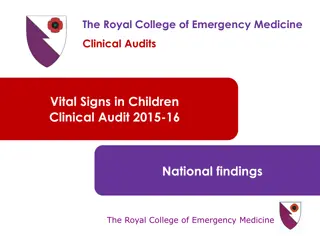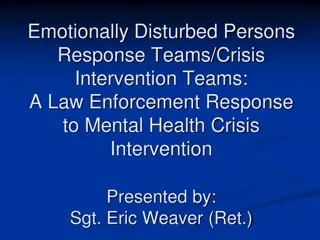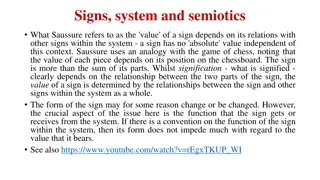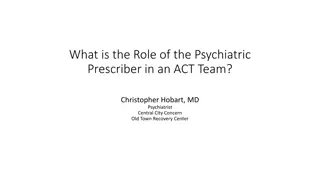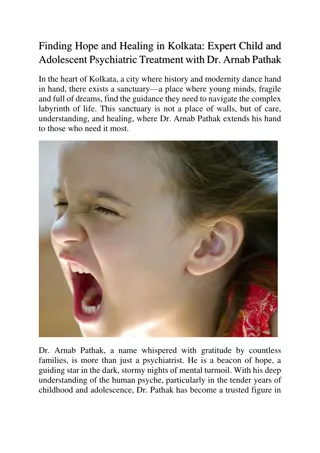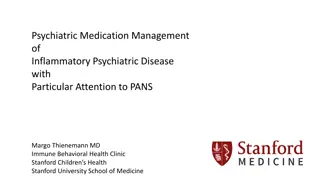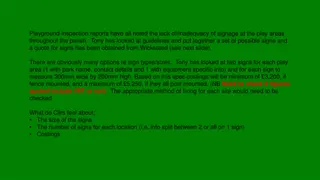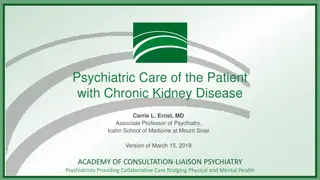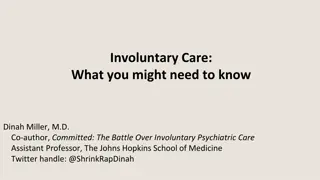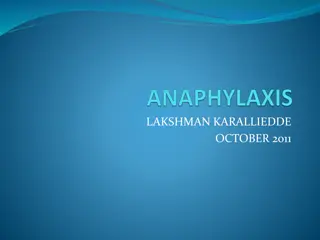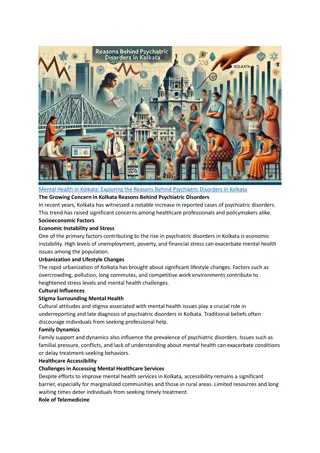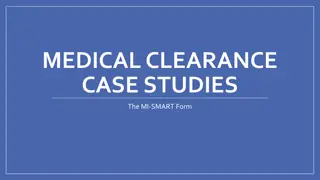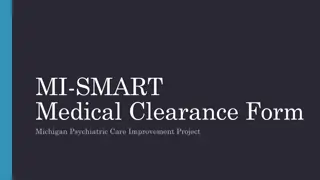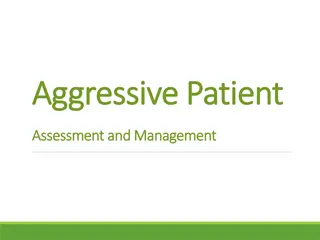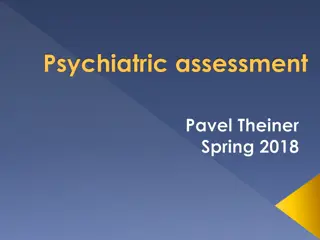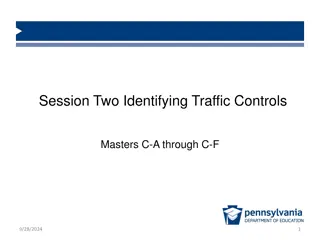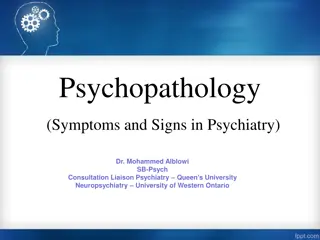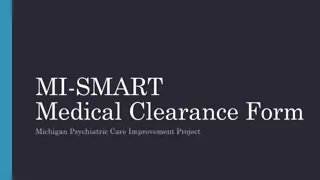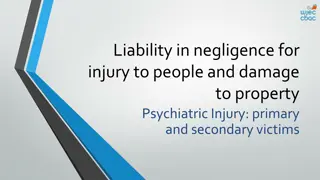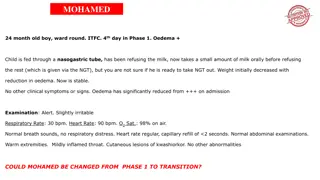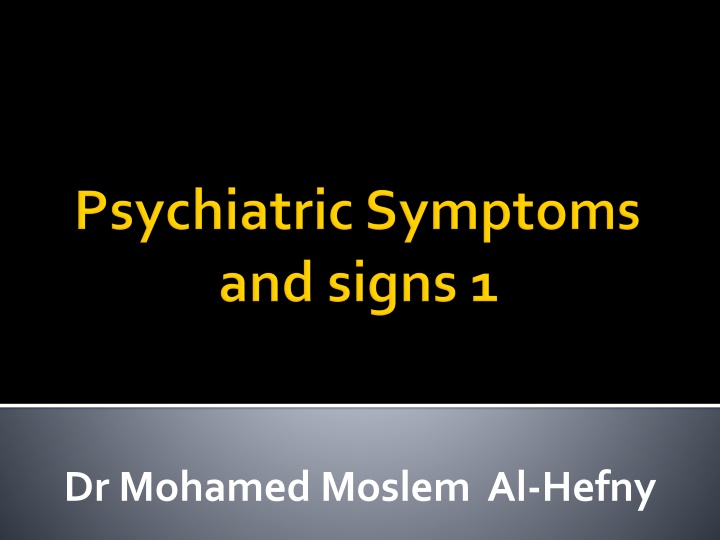
Abnormalities of Thinking and Delusions in Mental Health
Explore the complexities of abnormal thinking patterns and delusions in mental health, including symptoms, types, and definitions. Discover how delusions manifest in various forms, such as persecutory, grandiose, and somatic delusions, shedding light on the importance of recognizing and addressing these issues in psychiatric care.
Download Presentation

Please find below an Image/Link to download the presentation.
The content on the website is provided AS IS for your information and personal use only. It may not be sold, licensed, or shared on other websites without obtaining consent from the author. If you encounter any issues during the download, it is possible that the publisher has removed the file from their server.
You are allowed to download the files provided on this website for personal or commercial use, subject to the condition that they are used lawfully. All files are the property of their respective owners.
The content on the website is provided AS IS for your information and personal use only. It may not be sold, licensed, or shared on other websites without obtaining consent from the author.
E N D
Presentation Transcript
Abnormalities of thinking Abnormalities of perception Abnormal behaviours Psychotic symptoms Mood symptoms Depressive symptoms Manic symptoms Suicide / Homicide Vegetative symptoms: Catatonic features Anxiety symptoms ADHD symptoms Eating disorders symptoms
1. Abnormalities of contentof thinking 2. Abnormalities of control of thinking 3. Abnormalities of flow of thinking 4. Abnormalities of form ofthinking
Delusions (in psychosis) Obsessions Phobias Overvalued ideas Anxious apprehension Depressive rumination Memory flashbacks(in PTSD) Preoccupations
Definition It is a false fixed belief not corrected by reasoning, not shared by others.
Types of delusions Delusion of persecution : delusions that one is being attacked, cheated or persecuted. Robbed Poisoning Reference (the patient knows that people are talking about him, or slandering him) Grandiose delusion: delusions of inflated worth, power, knowledge, identity, or special relationship to or famous person
Types of delusion Erotomanic delusions (delusions of love): delusions that another person, usually of higher status, is in love with the individual. Delusion of infidelity (jealous): delusions that the individual's sexual partner is unfaithful
Types of delusion Delusion of poverty : The patient with delusions of poverty is convinced that they are impoverished and believe that destitution is facing them and their family. Delusion of ill health (somatic delusions):delusions that the person has some physical defect or general medical condition Delusion of guilt : In mild cases of depression the patient may be somewhat self-reproachful and self-critical. In severe depressive illness self-reproach may take the form of delusions of guilt, when the patient believes that they are a bad or evil person and have destructed their family.
Types of delusion Nihilistic delusions: Nihilistic delusions or delusions of negation occur when the patient denies the existence of their body, their mind, their loved ones and the world around them. They may assert that they have no mind, no intelligence, or that their body or parts of their body do not exist; they may deny their existence as a person, or believe that they are dead, the world has stopped, or everyone else is dead. Bizarre delusions : a delusion that involves a phenomenon that the person's culture would regard as totally implausible
In obsessive compulsive disorder Obsessions are defined by (1) and (2): Recurrent and persistent thoughts, urges, or images that are experienced, at some time during the disturbance, as intrusive and unwanted, and that in most individuals cause marked anxiety or distress. The individual attempts to ignore or suppress such thoughts, urges, or images, or to neutralize them with some other thought or action (i.e., by performing a compulsion).
Compulsions are defined by (1) and (2): Repetitive behaviors (e.g., hand washing, ordering, checking) or mental acts (e.g., praying, counting, repeating words silently) that the individual feels driven to perform in response to an obsession or according to rules that must be applied rigidly. The behaviors or mental acts are aimed at preventing or reducing anxiety or distress, or preventing some dreaded event or situation; however, these behaviors or mental acts are not connected in a realistic way with what they are designed to neutralize or prevent, or are clearly excessive.
Obsession 1-Contamination Compulsion Obsession is followed by: Washing (patients may literally rub the skin off their hands by excessive hand washing) Compulsive avoidance of contaminated object. Obsession is followed by a compulsion of checking. The checking may involve multiple trips back into the house to check the stove, for example. 2-Pathological Doubt: It often implies some danger of violence (e.g., forgetting to turn off the stove or not locking a door)
Obsession 3- Intrusive Thoughts: Such obsessions are usually repetitious thoughts of a sexual or aggressive actthat is reprehensible to the patient. Compulsion No compulsions Patients obsessed with thoughts of aggressive or sexual acts may report themselves to police or confess to a priest. 4-Symmetry: It is the need for Obsession leads to a compulsion of slowness. Patients can literally take hours to eat a meal or shave their faces. symmetry or precision.
Obsession In Body dysmorphic disorder Preoccupation with one or more perceived defects or flaws in physical appearance that are not observable or appear slight to others. At some point during the course of the disorder, the individual has performed repetitive behaviors (e.g., mirror checking, excessive grooming, skin picking, reassurance seeking) or mental acts (e.g., comparing his or her appearance with that of others) in response to the appearance concerns. Compulsion
Obsession In hoarding disorder Persistent difficulty discarding or parting with possessions, regardless of their actual value. This difficulty is due to a perceived need to save the items and to distress associated with discarding them. The difficulty discarding possessions results in the accumulation of possessions that congest and clutter active living areas and substantially compromises their intended use. If living areas are uncluttered, it is only because of the interventions of third parties (e.g., family members, cleaners, authorities). Compulsion
Obsession InTrichotillomania (Hair-Pulling Disorder) Recurrent pulling out of one s hair, resulting in hair loss. Repeated attempts to decrease or stop hair pulling. Compulsion
Definition This is a thought that, because of the associated feeling tone, takes precedence over all other ideas and maintains this precedence permanently or for a long period of time. DD form delusions Overvalued ideas tend to be less fixed than delusions and tend to have some degree of basis in reality.
Causes They can occur in individuals both with and without mental illness. 1. Personality disorders (paranoid PD with overvalued ideas of persecution; OCPD) 2. Eating disorders 3. Body dysmorphic disorder 4. Hypochondriasis (with overvalued ideas of ill health) 5. Depressive disorders (ex. overvalued ideas of ill health) 6. Gender identity disorder 7. Morbid jealousy
Definition Ideas that are present most of the time and dominating thinking with quantitative difference from normal ideas. Causes Normal (pre exam) Somatoform disorders Anxiety Depression
Definition Flashbacks are sudden intrusive memoriesthat are associated with the cognitive and emotional experiencesof a traumatic eventsuch as an accident. It may lead to acting and/or feeling that the event is recurring and attempts have been made to use this as a defence in some murder trials. Causes It is regarded as one of the characteristic symptoms of post-traumatic stress disorder but is also associated with substance misuse disorders and emotional events
Delusion of passivity or control: a delusion in which feelings, impulses, thoughts, or actions are experienced as being under the control of some external force rather than being under one's own control.
1. Made affect (someone controlling the mood/affect). 2. Made volition (someone controlling the action). 3. Made impulse (someone controlling the desire to act) 4. Made thoughts: A. Thought withdrawal. B. Thought insertion. Thought broadcasting people act as if they know what I'm thinking .
Formal thought disorders (FTD) or disorganized speech How to assess the thought process (form)? Goal directedness. Association between words, phrases, sentences & paragraphs. Rate, amount & rhythm of speech. Idiosyncrasy of word usage.
Normal thought process? Goal directed (direct). To the point. Good connection between elements of structure of the thought (words, sentences and paragraphs). No idiosyncratic use of words.
FTD include: Abnormalities of Goal directedness Circumstantiality: overinclusion of details not directly relevant to the question the sequential states are connected the patient eventually returns to address the subject or address the question Tangentiality: The patient never returns to the original point of question The thought are irrelevant and related in a minor insignificant manner
FTD include: Abnormalities of Association Loosening of association: (difficult or impossible to see connections between thoughts) Incoherence (word salad, schizophasia): extreme loss of association Clang associations (association based on alliteration rhyming or assonance) Punning(association by double meaning)
FTD include: Idiosyncratic use of language (private symbolism) Neologism Cryptolalia= the use ofobscure (or private)language
FTD include: Repetition Stereotypy (vocal and verbal) (repetitive or ritualistic utterance) Verbigeration (repetition of stereotyped phrases) Perseveration (repetition of word or phrase despite the absence or cessation of a stimulus) Echolalia (repetition of words spoken by others) Palilalia (auto-echolalia) Logoclonia (repetition of the last syllable of a word) Coprolalia (repetition of obscene language)
Flight of ideas: rapid rated speech, frequent shifts in topics, inmanic patient. Slow stream in depression Thought block: inschizophrenic patient.

